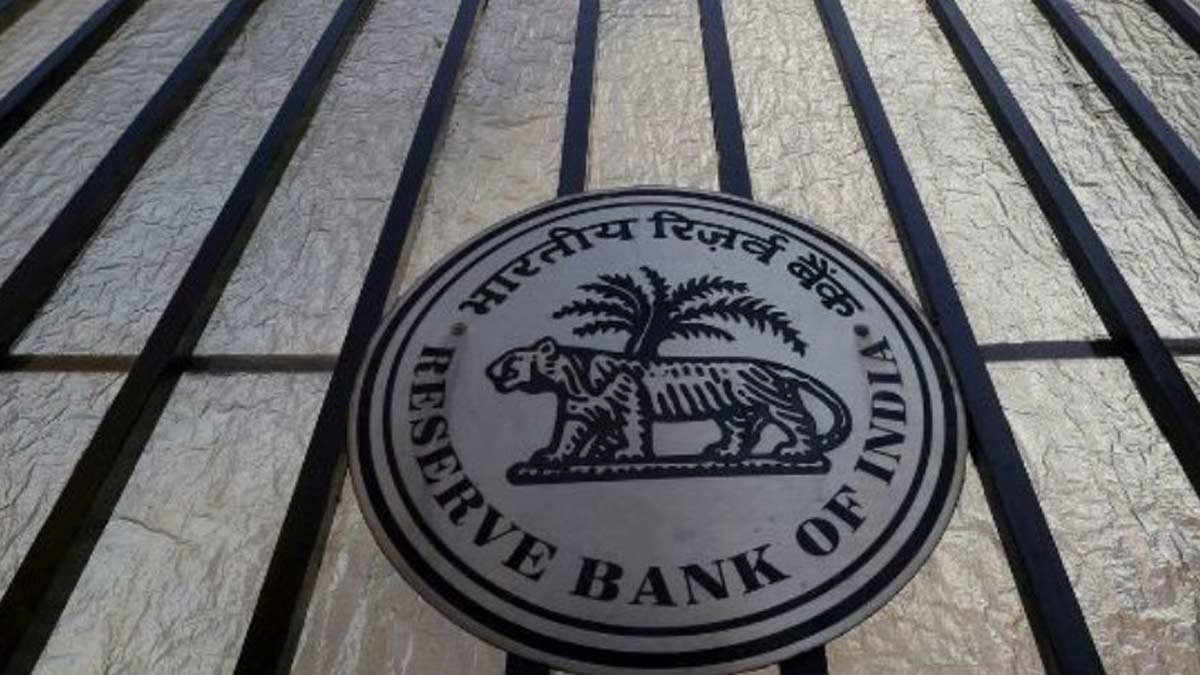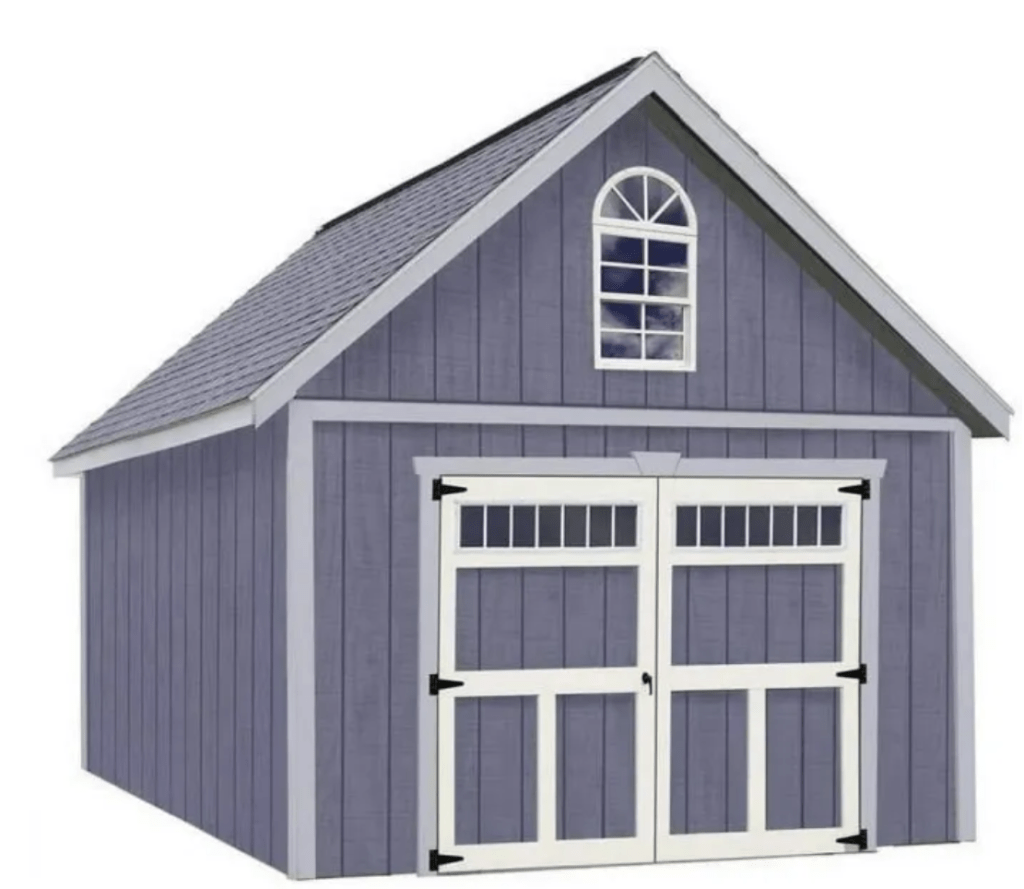Volvo Cars said it would not invest in its struggling partner Northvolt as the Swedish group halved its annual sales growth forecast amid a slowdown in vehicle demand and geopolitical turbulence.
Chief executive Jim Rowan told the Financial Times that the company would not provide direct financial support to the cash-strapped Swedish battery group, which has a joint venture to build a plant in Gothenburg with Volvo. He added that the company needed to “tighten its belt”, warning that the auto industry would “remain under pressure”.
Rowan also said the company had diversified its battery supply chain so that it would not be exposed to the troubles at Northvolt, which is trying to raise fresh funds.
“I would love to see Northvolt be successful,” he said. “But even if Northvolt doesn’t make it as a company, we won’t be affected by that because we are multi-sourced in terms of battery supply.”
The Swedish group, which is majority-owned by Chinese carmaker Geely, said it now expected retail sales to rise 7 to 8 per cent this year, down from guidance in July of 12 to 15 per cent — itself a downward revision. As a result, the company now expects its free cash flow to remain negative for the year.
Shares in Volvo fell more than 4 per cent in early trading on Wednesday in Stockholm.
The company reported an operating profit of SKr5.8bn ($548mn) in the three months to the end of September, up 29 per cent from a year earlier, on revenue that was roughly flat at SKr92.8bn. Both came in well above market expectations.
Despite a robust third quarter, Rowan said on Wednesday that overall demand for cars, including the premium segment, was softening in the company’s key markets including China, the US and Europe because of higher interest rates.
“The external headwinds are clearly intensifying and these are the inescapable business realities of today,” he said, adding that the company would focus on price discipline over volume to navigate “turbulence in the market”.
Volvo last month abandoned its ambitious target to sell only electric cars by 2030, blaming a global slowdown in growth for battery-powered vehicles after governments in Europe pulled back subsidies.
Under its revised target, Volvo will now aim for 90 to 100 per cent of its global sales to be electric cars and plug-in hybrids by 2030. It will also continue to invest in hybrid technology amid growing consumer demand for cars that combine battery capabilities and traditional engines.
For the latest quarter, fully electric and plug-in hybrid vehicles accounted for 48 per cent of the company’s 172,849 cars sold.
Carmakers in Europe, including Volkswagen and Stellantis, have issued a series of profit warnings in recent weeks as they wrestle with slowing electric vehicle growth as well as increasing competition from Chinese rivals.
Bernstein analyst Harry Martin said the new guidance — which also includes zero volume growth in the fourth quarter — confirmed that “the next 12 months will be incredibly challenging as the effects of the EU-China tariff and rising competition from lower-priced EV models come in next year”.
To address the EU’s higher tariffs on imports of EVs made in China, Volvo has already said it would produce its EX30 EV model in its Ghent plant in Belgium as well as in China from next year. Asked about the impact of the tariffs, Rowan said it posed “a short-term problem” for the company.



































































































































































You must be logged in to post a comment Login